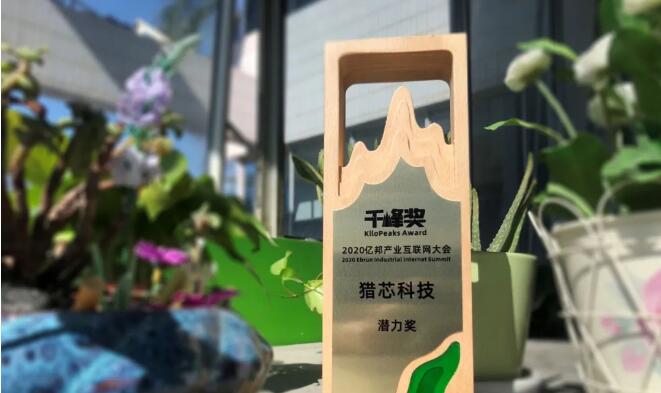Epoxy Resin Plugs Capability in PCB Manufacturing at PCBBUY
Why Epoxy Resin Plugs Matter in Modern PCB Fabrication
As the demand for miniaturized, high-density, and reliable PCBs grows, epoxy resin plugs have become a critical solution in addressing complex via management. These plugs are widely used to seal vias—especially in via-in-pad and HDI (High-Density Interconnect) PCB designs—to prevent solder wicking, reduce voids, and enhance mechanical stability.
At PCBBUY, we provide advanced epoxy resin plug solutions backed by state-of-the-art equipment, experienced engineering teams, and strict quality control protocols. This article introduces our epoxy resin plug capabilities in detail, supporting clients with reliable and high-performance PCBs.
PCB Instant Quote
.my-button {
display: inline-block;
padding: 10px 50px;
font-size: 16px;
text-align: center;
text-decoration: none;
background-color: blue;
color: #fffff0;
border: none;
border-radius: 5px;
font-weight: bold;
cursor: pointer;
box-shadow: 0px 2px 5px rgba(0, 0, 0, 0.3);
transition: background-color 0.3s ease, transform 0.3s ease;
}
.my-button:hover {
background-color: #C23C30;
transform: scale(1.05);
}
What Are Epoxy Resin Plugs?
Epoxy resin plugs are non-conductive resin materials used to fill plated-through holes (vias) in printed circuit boards. After vias are drilled and plated, the epoxy resin is injected to fill the hole entirely, followed by curing, planarization, and further copper plating. This method is commonly used to:
Create flat via-in-pad surfaces for BGA/CSP components
Eliminate air gaps and solder flow during reflow
Support stacked via structures in HDI PCB designs
Improve overall PCB mechanical strength and longevity
PCBBUY Epoxy Resin Plug Process Overview
We utilize a professional, highly controlled via plugging process, based on Zhuyou epoxy ink and optimized for consistency, accuracy, and IPC standards.
Key Parameters for Epoxy Resin Plug Manufacturing at PCBBUY:
Item
Standard
Remarks
Epoxy Ink
Zhuyou epoxy ink
Stable material with reliable dielectric properties
Panel Size
≤ 650 mm
Oversized boards need to be evaluated separately
Board Thickness
0.2 – 8.0 mm
Supports both ultra-thin and thick boards
Plugged Via Hole Size
0.2 – 1.0 mm
Holes outside this range require revalidation
Hole Range Consistency
≤ 0.2 mm difference
Ensures process uniformity between adjacent holes
Hole Sunken Control
≤ 5μm (≤ 0.4mm holes); ≤ 15μm or ≤ 50μm (>0.4mm holes)
Zero sag requires technical reassessment
These values reflect PCBBUY’s precise engineering control over the epoxy plug process. We conduct thorough pre-production validation and real-time inspection during epoxy application and curing.
Step-by-Step Epoxy Resin Plug Manufacturing at PCBBUY
Via Drilling & Cleaning
High-speed precision drilling machines are used
Debris removal ensures optimal epoxy adhesion
Electroplating
The vias are fully plated with copper to ensure electrical connectivity
Epoxy Filling (Vacuum Plugging)
Resin is injected into the via using a vacuum chamber to prevent voids
Zhuyou epoxy ensures smooth flow and minimal shrinkage
Curing Process
Controlled thermal profile (e.g., 150–180°C) for hardening the epoxy
Curing time varies based on plug diameter and resin thickness
Planarization
Any excess resin is removed via mechanical grinding or polishing
Ensures a smooth, flat surface for further copper plating or solder mask
Copper Replating / Surface Finish
Restores pad flatness for soldering
Ready for OSP, ENIG, or other surface finishes
Advantages of PCBBUY Epoxy Resin Plugs
✅ BGA / CSP Compatibility: Flat and solid pad surface
✅ Improved Heat Dissipation: Excellent thermal conductivity in dense areas
✅ Eliminates Solder Wicking: No risk of solder flowing into vias
✅ Enhanced Mechanical Strength: Prevents via cracks during board flexing
✅ HDI Ready: Ideal for stacked and staggered microvia designs
✅ Tight Tolerance Control: Hole tolerance as low as ±0.15mm
Application Areas
Smartphones and Tablets
5G Communication Modules
Automotive Electronics
Medical Devices and Wearables
Military and Aerospace Applications
Why Choose PCBBUY for Epoxy Resin Plugs?
At PCBBUY, our expertise is not only in high-end materials, but in engineering precision and consistency. From single-piece prototypes to high-volume production, we ensure epoxy plug processes meet stringent international standards (e.g., IPC-4761 Type VI, Type VII).
Our Key Strengths:
🏭 In-house vacuum plugging & curing lines
📏 Sunken control down to <5μm
🔍 100% X-ray inspection of filled vias
🧪 Resin material traceability and test reports
🔧 Customized solution for stacked, buried, and blind vias
Frequently Asked Questions (FAQ)
Q1: What is the difference between epoxy filled vias and epoxy resin plugs? A1: Essentially, both refer to the same process. “Epoxy resin plugs” specifically emphasize the sealing function of the resin in via-in-pad applications, whereas “epoxy filled vias” may include a wider scope of via types.
Q2: Can epoxy resin plugs be used on multilayer and HDI PCBs? A2: Absolutely. PCBBUY supports resin plugging for multilayer PCBs, including 4–20 layers and advanced HDI stackups.
Q3: Is there a standard for epoxy plug performance? A3: Yes, PCBBUY follows IPC-4761 guidelines for plugged and capped vias, ensuring industry-standard reliability.
Q4: Are non-conductive or conductive epoxy types available? A4: Currently, PCBBUY primarily uses non-conductive epoxy, but conductive options can be offered based on custom requests.
Q5: What surface finishes are compatible with epoxy resin plugs? A5: All major finishes including ENIG, OSP, and immersion silver are compatible after planarization.
Conclusion
Epoxy resin plugs play a crucial role in modern PCB designs, particularly where reliability, density, and signal performance are critical. At PCBBUY, we offer a robust and customizable epoxy plug service tailored to your specific project needs. Whether you're building for smartphones, automotive systems, or high-frequency modules, our expert team is ready to help.
PCB Knowledge ⋅ 07/23/2025 16:16

